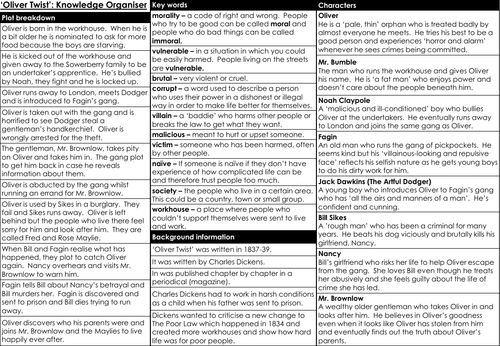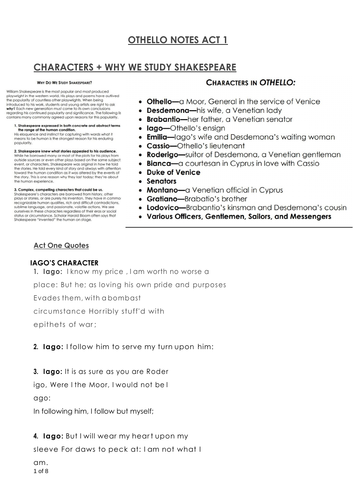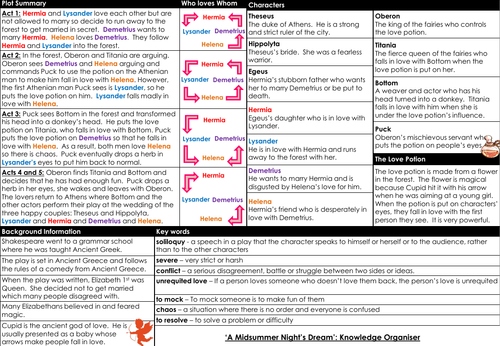
426Uploads
101k+Views
7k+Downloads
English language arts

Othello Theme Analysis Tables
Prepare any Theme essay easily!
Othello Theme Analysis Tables
Love
Hate
Fear
Jealousy
Women
The Other / Racism
Manipulation

Junior Cycle Classroom Based Assessment 1 - Oral Communication Student Booklet
Junior Cycle Classroom Based Assessment 1 - Oral Communication Student Booklet
Allows students to
Plan your topic and delivery method
Research your topic
Write the script
Perform it in front of the class
Complete a written Student Reflection Note.
Workbook Sections for students to fill in
Teacher Section for Approval of each stage








